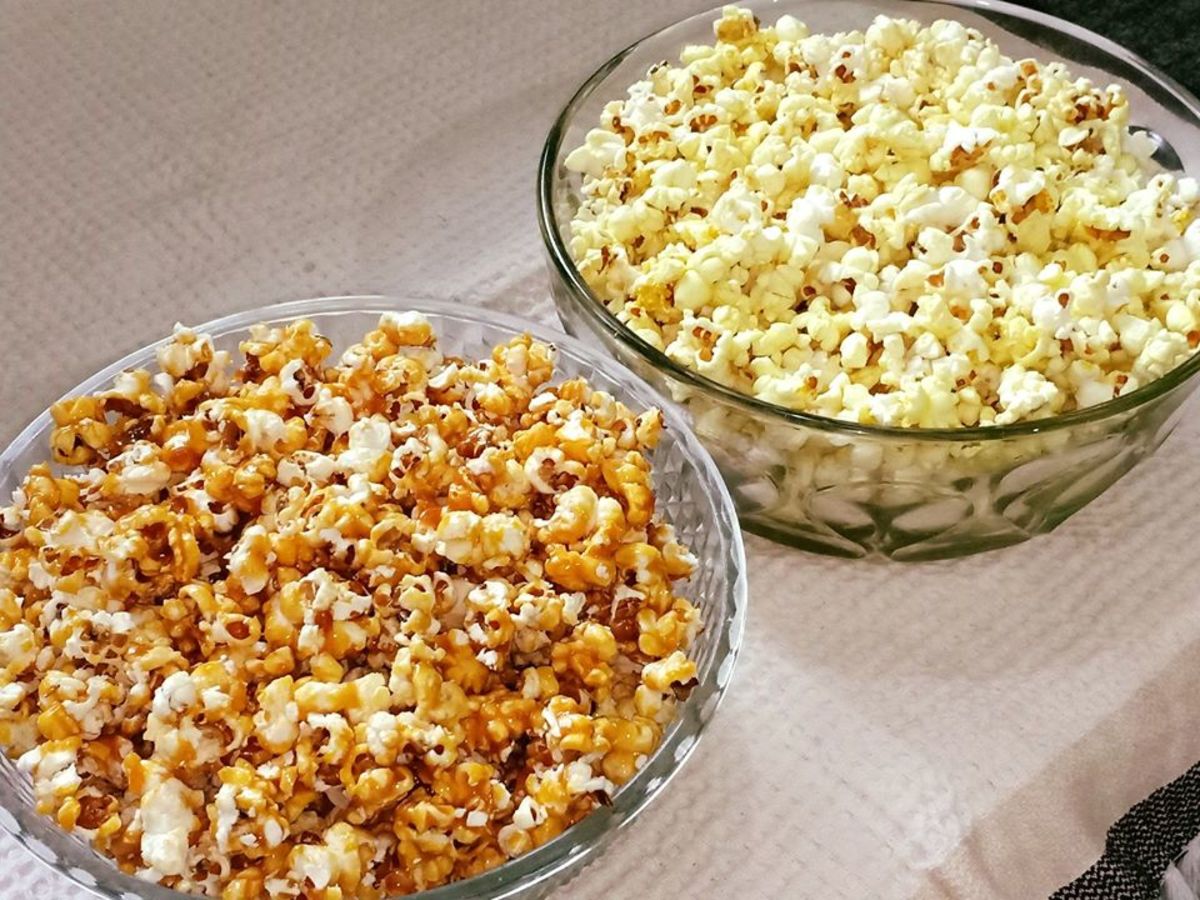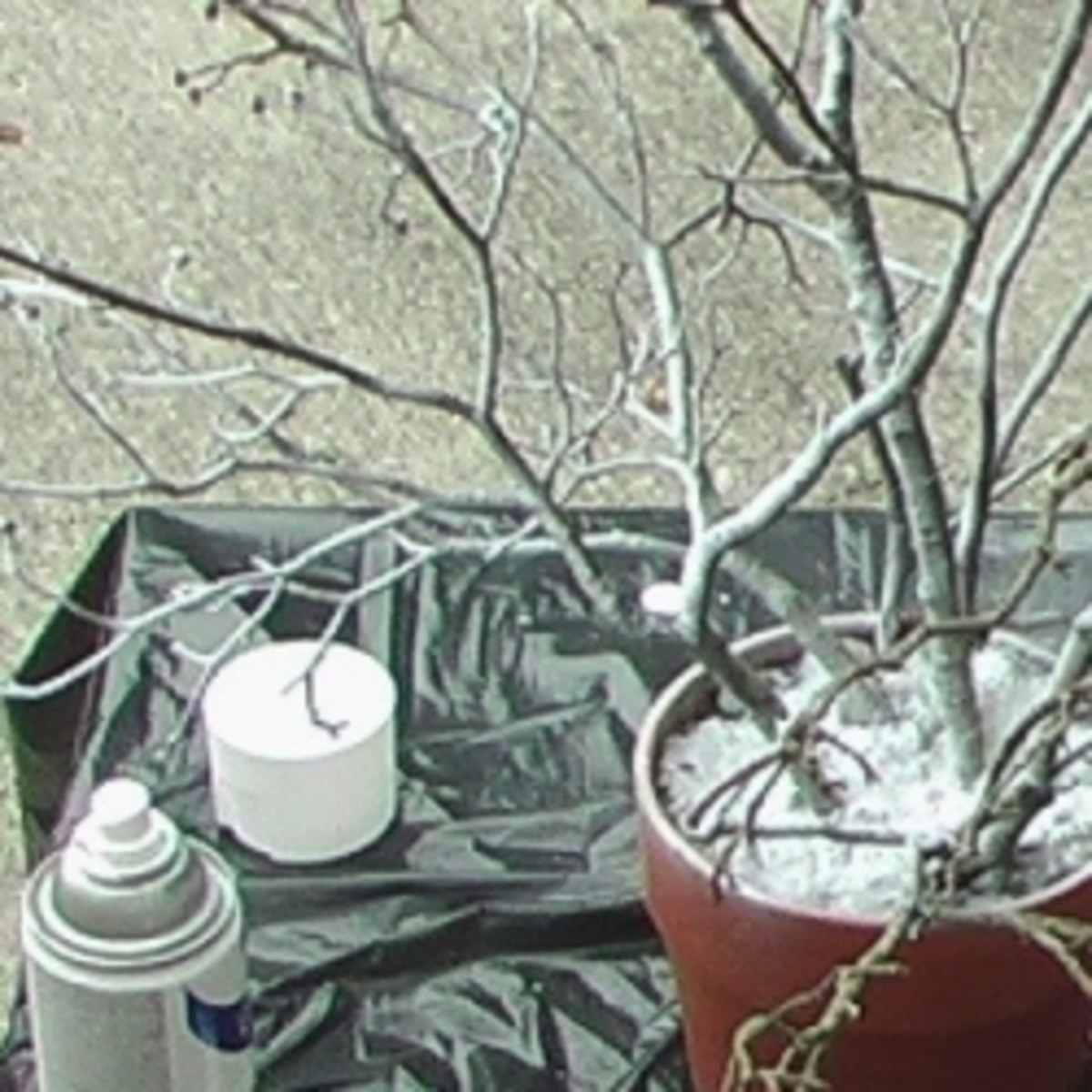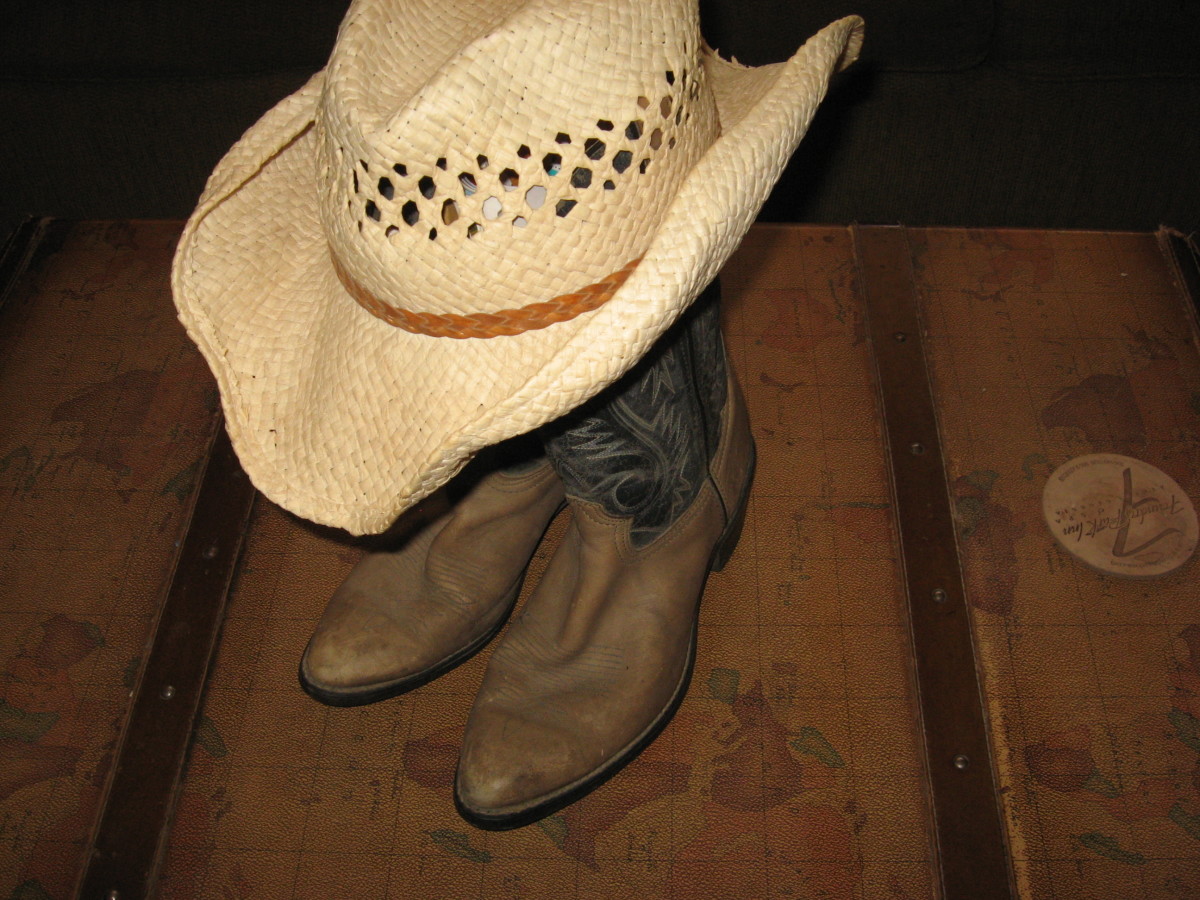National Popcorn Day - January 19th
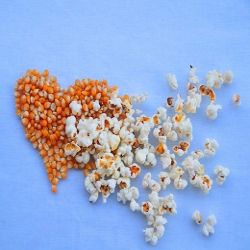
January 19th is National Popcorn Day!
Popcorn is one of my favorite snacks!
According to the folks at HolidayInsights.com, National Popcorn Day is on January 19th. Nobody seems to know the origins of National Popcorn Day, but I think January 19th and every other day of the year is a great time to partake of this fun snack.
While National Popcorn Day is in January, it is noted that National Popcorn Month is the month of October! To make it even more confusing, Caramel Popcorn Day is April 7th!
No matter what kind of popcorn you enjoy, January 19th is as good a day as any to pop up some popcorn and enjoy a tasty, healthy treat!
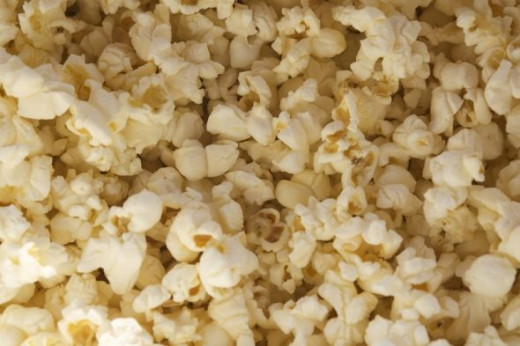
Gourmet Popcorn! Get Your Gourmet Popcorn!
Is Popcorn Good For You?
Here are some nutritional facts about popcorn - What do YOU think?
- Popcorn is naturally low in fat and calories. (Air-popped popcorn has only 31 calories per cup!)
- Popcorn is a whole grain
- 3 cups of popcorn equal one serving from the grain group.
- Popcorn provides complex carbohydrates
- Popcorn contains a good amount of fiber
- Popcorn has no artificial additives or preservatives, and is sugar-free.
Popcorn Trivia - Did You Know...
- Corn was first grown about 7,000 years ago in the highlands of central Mexico, and by the first century B.C. was a staple crop of all the agricultural peoples in the Americas. One of the first uses of corn kernels was for popping.
- Some Native American tribes popped corn right on the cob, by spearing the corn cob with a stick and holding it near the fire. The kernels would pop and stay attached to the cob.
- Popcorn was actually the first food to be microwaved deliberately. In 1946 Dr. Percy Spencer of the Raytheon Corporation was experimenting with a magnetron (a new type of vacuum tube) when he noticed that the chocolate candy bar in his pocket had melted. He was curious, so he placed some popcorn kernels next to the magnetron and turned it on - the popcorn popped. After experimenting with various other food items (including an egg that exploded!), he and Ratheon realized they were on to something and continued on to develop the first microwave oven.
- In an average bag of popcorn, the number of yellow kernels will outnumber the white ones by 9 to 1.
- It is believed that popcorn was the very first form of corn to be cultivated.
- The oldest ears of popcorn ever found were discovered in the Bat Cave of west central New Mexico in 1948 and 1950. Ranging from smaller than a penny to about 2 inches, the oldest Bat Cave ears are about 5,600 years old.
- In southwestern Utah, a 1,000-year-old popped kernel of popcorn was found in a dry cave inhabited by predecessors of the Pueblo Indians.
- Americans today consume 17.3 billion quarts of popped popcorn each year. The average American eats about 68 quarts.
- Varieties of popcorn are grown to pop into two distinctive shapes: "snowflake," the large popcorn sold in theaters and ball parks; and mushroom, the smaller variety used in popcorn candies and snacks.
- The ancient way to popcorn was to heat sand in a fire and stir kernels of popcorn in when the sand was fully heated.
(Source: http://www.lascouts.com)
Q: Why Does Popcorn Pop?
A: Each kernel of popcorn contains a small drop of water inside a circle of soft starch surrounded by the hard outer surface. As the kernel heats, the drop of water expands and pressure starts to build up. When the hard surface eventually gives way, the popcorn explodes. During the explosion, the soft starch inside the kernel inflates and bursts, turning the entire kernel inside out.
How Do YOU Feel About Popcorn?
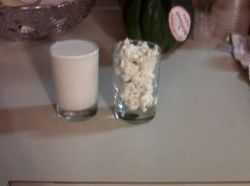
Popcorn and Milk
A Fun Experiment!
In the Laura Ingalls Wilder book Farmer Boy there is a reference to a snack of "popcorn and milk." In the book, Almanzo took a cup of milk and, kernel by kernel, dropped a cup of popcorn into it without spilling any milk! Supposedly, the popcorn absorbed the milk to such a degree that the glass never overflowed.
After turning this over in my mind for several years, I finally decided to see if it really worked. Here's how you can run the same experiment:
1. Fill one cup with popcorn and another cup of the same size with milk.
2. Drop popcorn kernels, one at a time, into the milk.
If you've done this correctly, you'll be able to fit a whole cup of popcorn into a full cup of milk!
If you're feeling extra-adventurous, you can eat the soggy popcorn with a spoon and drink the milk! It may sound horrible, but it's actually not that bad. I thought it tasted sort of like puffed rice. Give it a try!
(Photo by Jennifer A. Janes)





